
The molecule is being evaluated in 2 phase 3 clinical trials for wet AMD and is administered via intravitreal injection in combination with standard-of-care anti–VEGF-A therapy.

The molecule is being evaluated in 2 phase 3 clinical trials for wet AMD and is administered via intravitreal injection in combination with standard-of-care anti–VEGF-A therapy.

The LYNX-2 Phase 3 study is evaluating phentolamine ophthalmic solution 0.75% for the treatment of decreased visual acuity under low light conditions following keratorefractive surgery

Scientists at the National Institutes of Health use artificial intelligence called ‘P-GAN’ to improve next-generation imaging of cells in the back of the eye.
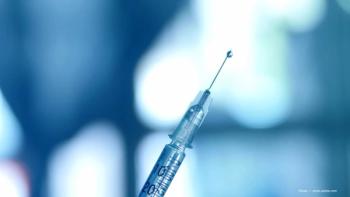
VG901 is designed to deliver a functional CNGA1 gene to retinal photoceptor target cells in patients diagnosed with retinitis pigmentosa.

Hema Ramkumar, an ophthalmologist and founder of Oculogenex, sat down with David Hutton of Ophthalmology Times to discuss their connection with NASA and their experiment on macular degeneration-treated mice in space.

The Phase 3 study will have a sample size of 150 participants—one arm of 75 participants with the RHO gene mutation and the other arm with 75 participants that are gene agnostic.
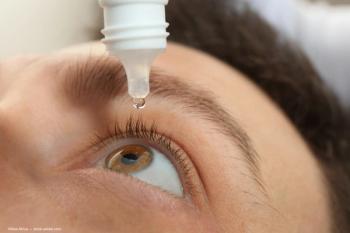
OCS-01 positive results in the first Phase 3 OPTIMIZE-1 trial were presented at the American Society of Cataract and Refractive Surgery, while topline readout from the second Phase 3 OPTIMIZE-2 is anticipated later this year to support an NDA submission.
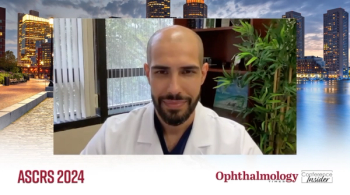
Rahul S Tonk, MD, MBA, sat down to discuss a roundtable discussion he had on DMEK and DSEK surgery at this year's ASCRS meeting held in Boston, Massachusetts, from Friday, April 5, to Monday, April 8, 2024.
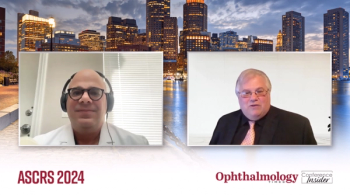
Alejandro Espaillat, MD, sat down to discuss his presentation on pearls for the anterior segment surgeon at this year's ASCRS meeting held in Boston, Massachusetts.
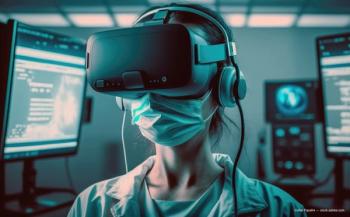
According to the companies, the tool is affordable, portable, scalable, and intentionally designed to train surgeons in low- and middle-income countries, home to 9 out of 10 people with vision loss due to the difficulty of accessing eye care. The VR tool is being unveiled at the American Society of Cataract and Refractive Surgery Annual Meeting in Boston.
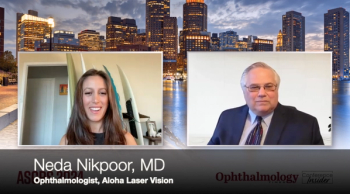
Neda Nikpoor, MD, sat down to discuss her presentation on the single-site study on the effectiveness of a sterile model with two ALLYs, in two operating rooms against a model with only one laser for two rooms at this year's ASCRS meeting held in Boston, Massachusetts.
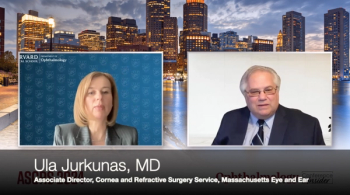
Ula Jurkunas, MD, sat down to discuss her presentation on the management of anterior corneal disease at this year's ASCRS meeting held in Boston, Massachusetts.
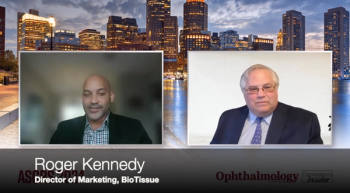
Roger Kennedy, director of marketing at BioTissue sat down to discuss the new products the company will be unveiling at this year's ASCRS meeting held in Boston, Massachusetts.
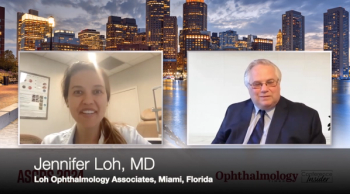
Jennifer Loh, MD, sat down to discuss her presentation on major eye issues that can interfere with refractive cataract surgery, specifically dry eye disease, at this year's ASCRS meeting held in Boston, Massachusetts.

Spencer will formally receive his award during the 2024 ASCRS Annual meeting, being held April 5 to 8, as part of its 50th anniversary celebration.

Zeiss has secured regulatory approvals to acquire DORC, and the companies will now shift their focus to integration implementation.

The company said the module, which includes real-world data on more than 10 million patients, will help advance research and accelerate therapy development for dry eye disease and other ocular surface disorders.
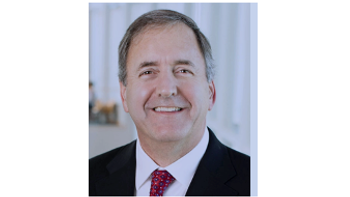
Thompson will assume the presidency of the ASCRS, which is celebrating its 50th anniversary in 2024. The organization kicks off its 2024 annual meeting Friday at Boston Convention and Exhibition Center in Boston.
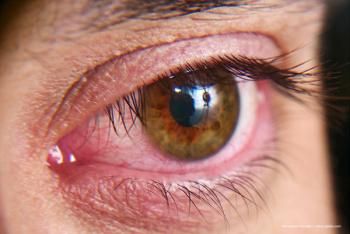
The company’s Lacrifill canalicular gel is a cross-linked hyaluronic acid derivative and is FDA-cleared to temporarily block tear drainage by the occlusion of the canalicular system.

Researchers have linked ZIKV to ocular deformities in infants that include retinal lesions, microphthalmia, hemorrhagic retinopathy, retinal pigmented epithelium mottling, optic neuritis and hypoplasia of the optic nerve.

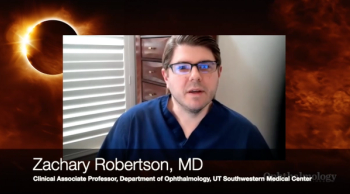
Zachary Robertson, MD, a retina specialist at the University of Texas Southwestern Medical Center talked with David Hutton of Ophthalmology Times about the upcoming solar eclipse and what potential damages the event could cause on the retina.

NEPTUNE represents the seventh positive Phase 2 study for brepocitinib with more than 1400 subjects and patients treated with brepocitinib in clinical trials. Brepocitinib was generally safe and well-tolerated in the study; no new safety and tolerability signals were identified.

The company announced it will share clinical data at Eyecelerator and the American Society of Cataract and Refractive Surgery 2024 Annual Meeting in Boston.

According to the company, EXN407 is the first topical SRPK1 inhibitor to demonstrate both safety and signals of biological response as monotherapy for these indications.

One year after implantation, the enduring IOP reduction remained consistent across all 3 dose strengths.
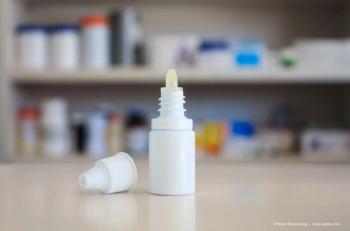
Phentolamine ophthalmic solution 0.75% is a preservative-free, stable eye drop, which blocks the α1 receptor within the iris dilator muscle without affecting the ciliary muscle.

According to the company, MCO-010 achieved its primary and key secondary endpoints with statistical significance and no serious adverse events.
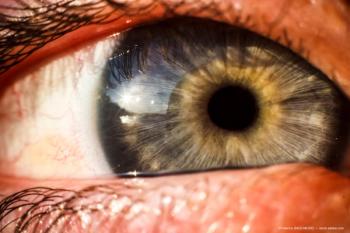
Patients can experience solar retinopathy after viewing the eclipse without protection, but it also can occur from outdoor activities, including those mentioned. It can lead to symptoms that include blurry vision, vision loss at the center of a patient’s sight and eye pain.

The effort led to the creation of an artificial vitreous body for treating retinal detachment. This solution is based on a natural carbohydrate derived from algae.